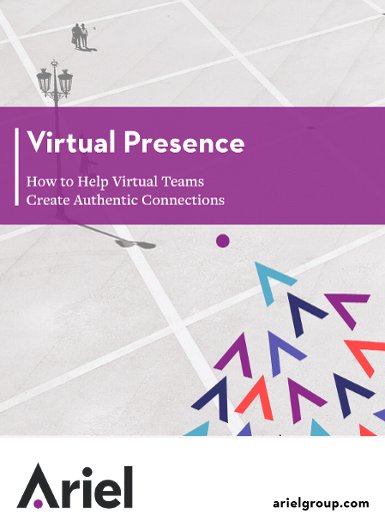The Front Lines of Your Organization Need Virtual Presence

We convince by our presence.
-Walt Whitman, writer and poet
How many companies rely on the satisfaction of their clients? How many of your organization’s teams rely on phone or email communication as their main line of communication with clients? Virtual presence is at the heart of success when your job is phone- or email-related.
Having presence in a virtual capacity can be hard to navigate, understand, and implement. After all, how do you connect the same way with a person when you aren’t face-to-face? Your teams have to make physical changes to themselves and their environment. By doing so, they can have a powerful impact on how their audience feels and perceives them, and can therefore improve their customer service experience. Here’s how.
Your client-facing teams need to:
1. Consider their tone
What’s really important when your team members can’t be in front of someone to read facial reactions is to ensure that their tone is appropriate for what they’re hearing. Listening becomes a big player here, and projecting the right tone shows the client that your employee is paying attention, engaged, and ready to solve the problem. If your team struggles with listening or conveying a positive tone, have them try standing during calls. This improves posture and breathing, which will naturally make them sound better and be focused. By standing, they’ll also generate more energy, which comes through over the phone.
2. Have physical self-awareness
As client-facing professionals, it’s always important for your teams to keep a hand on the pulse of their physical presence. This is more than slouching vs. standing—it’s about how their personality is being projected. Amazingly, body language can be conveyed even through the phone. Are they smiling or frowning? Are they using active or passive language? Are they distracted? Have your team try placing a mirror at their desk to see themselves as they conduct calls—it can help them be present, listen carefully, and convey their nonverbal cues through the phone.
3. Kill the jargon and be concise
Your teams need to react, listen, be empathetic, sympathetic, and ensure the client feels confident that your team can solve their problem. If your teams are using too much technical jargon, they’ll miss the mark. Your customers probably don’t understand the process—and they don’t necessarily need to. Here’s the bottom line: What goes on behind the scenes doesn’t matter. Help your teams convey the steps and the timeline, and let the customer know they’re being taken care of in a way that reassures them that their problem is fixed. That’s the extent of what your team needs to provide—they don’t need to get into the nitty-gritty details.
As a leader:
Help your teams learn how to react
One of the pain points for client-facing employees who rely on mainly virtual communication revolves around managing dissatisfied customers. What are you doing to reassure your team that they can manage tough situations? More than just referencing the written textbook answers that your organization provides, try fostering conversations and mock situations that give your team a reference for how they should initially react and move forward with a solution. If your team members have experiential examples to draw from, particularly on how to remain calm and project their presence, they’re more likely to implement the strategy you prescribe as they navigate difficult situations.
You and your teams have a responsibility to the customer experience—whether they’re delivering good news, bad news, or something in between. Navigating these conversations with positivity—and strong virtual presence—is the best way to ensure the success and satisfaction of the client and your organization. Individuals should feel empowered to make a difference in the lives of their clients, and leaders should foster the environment where solutions are always possible.
